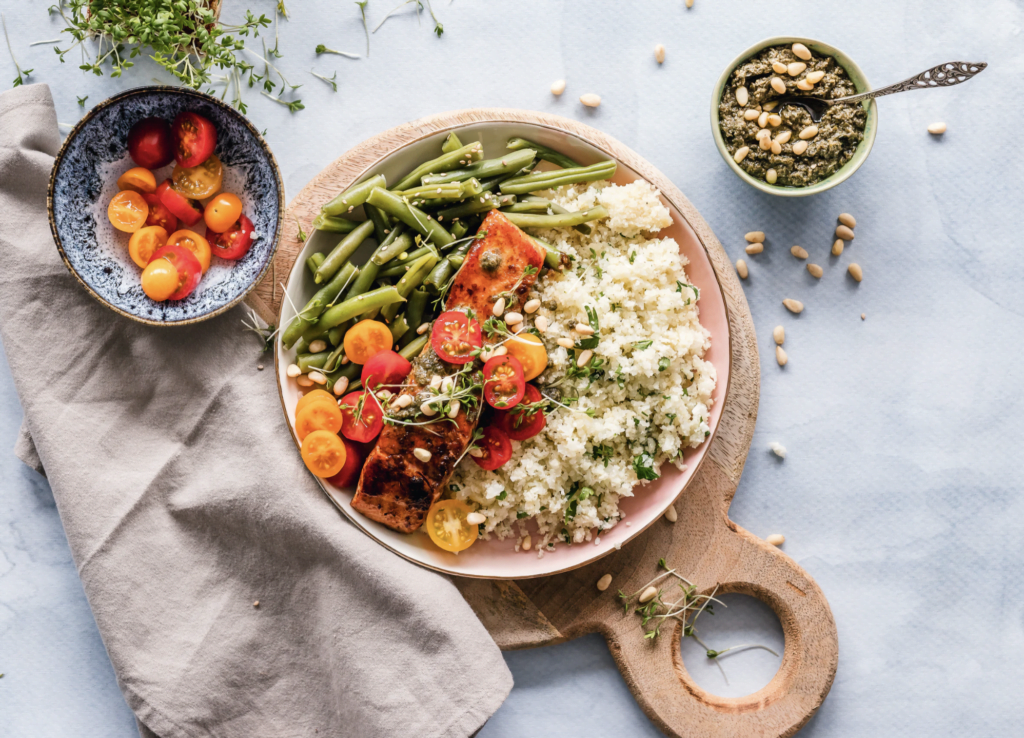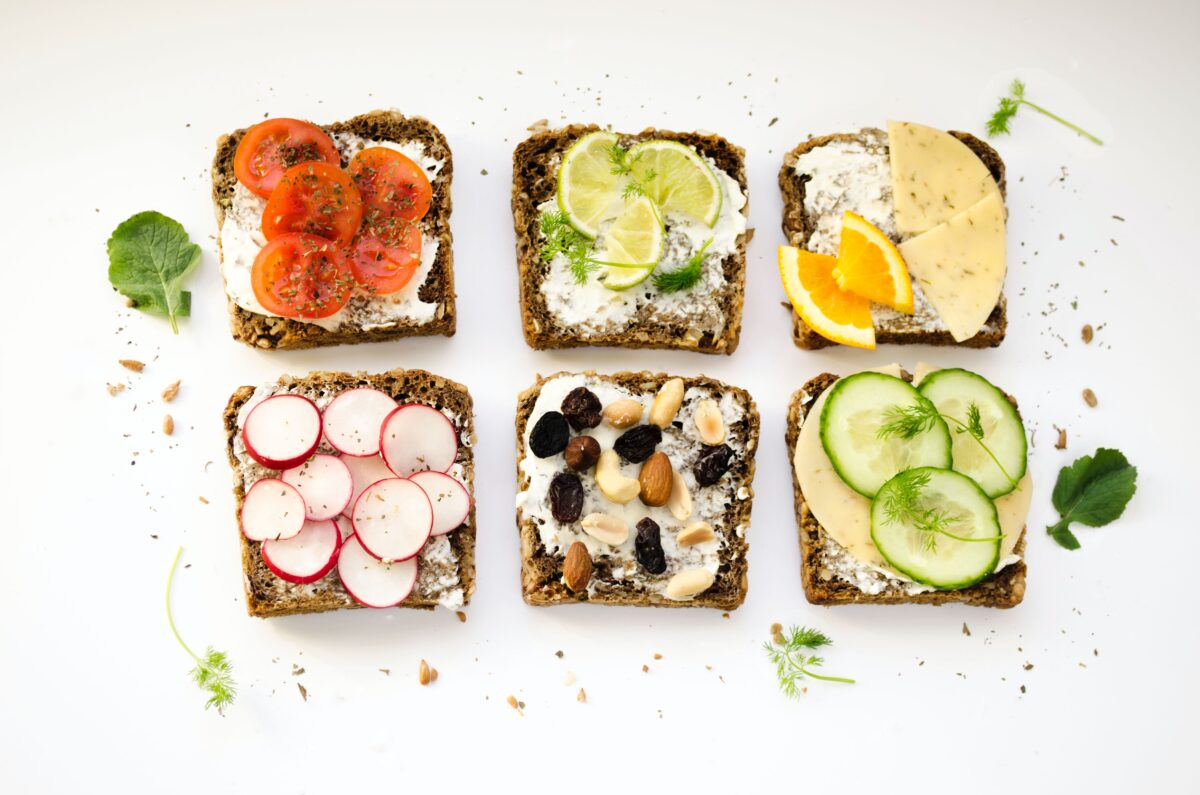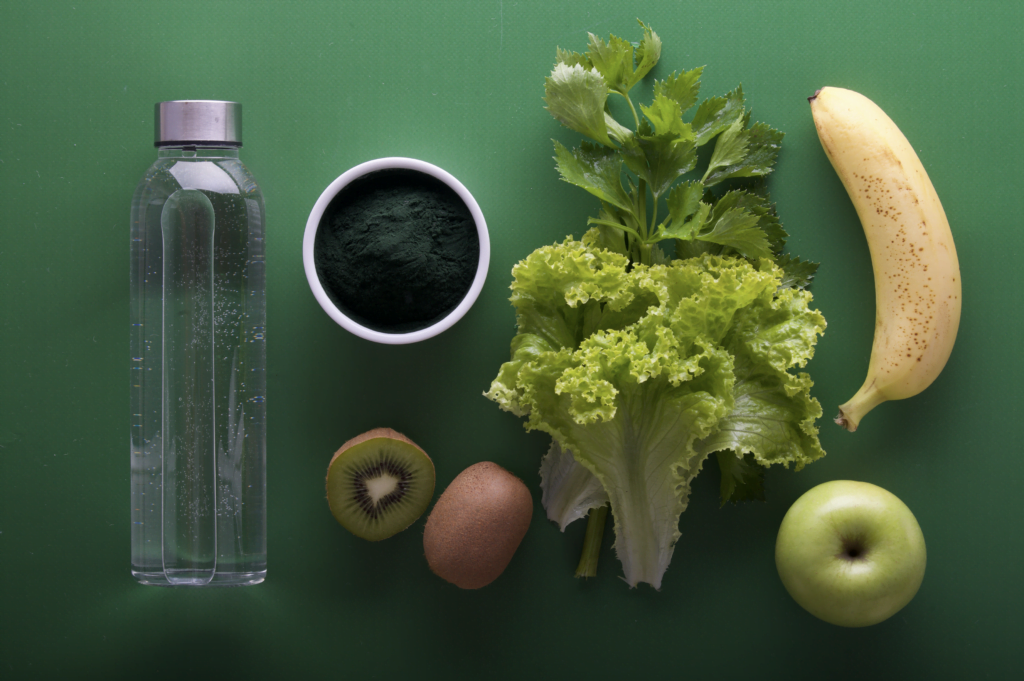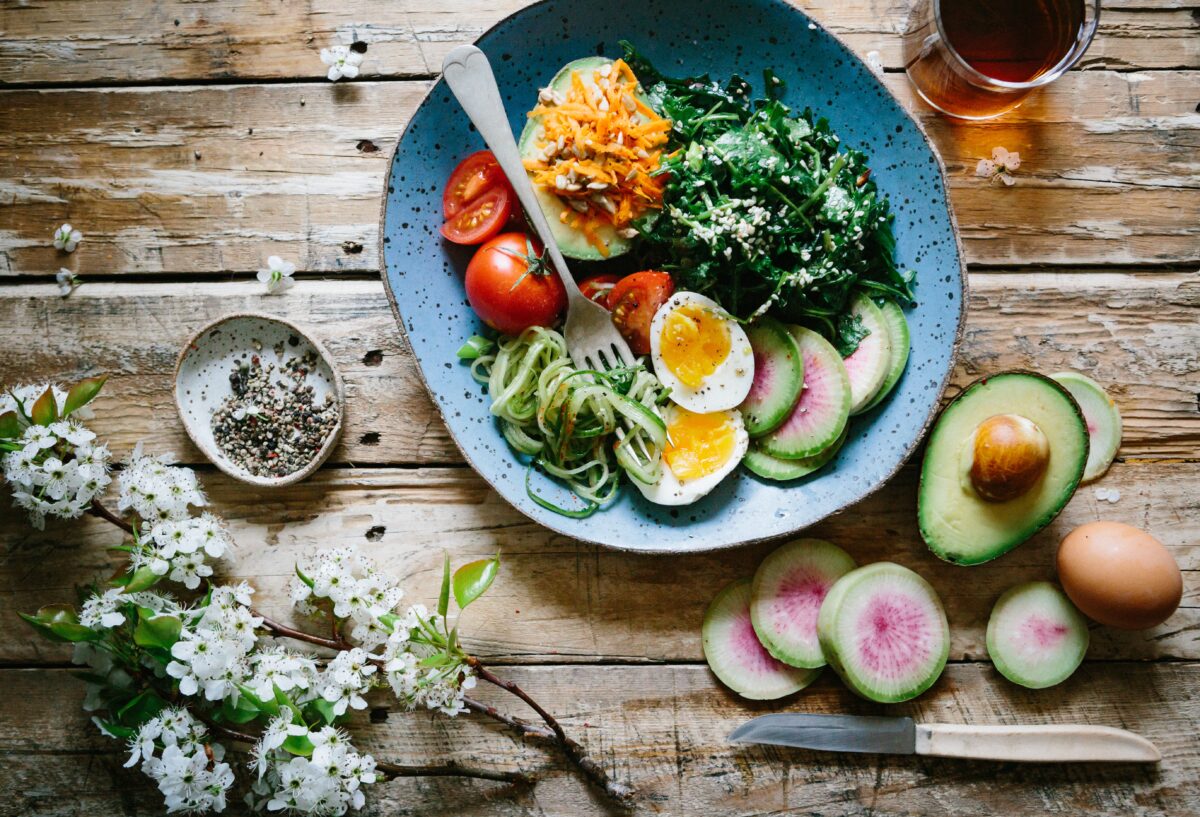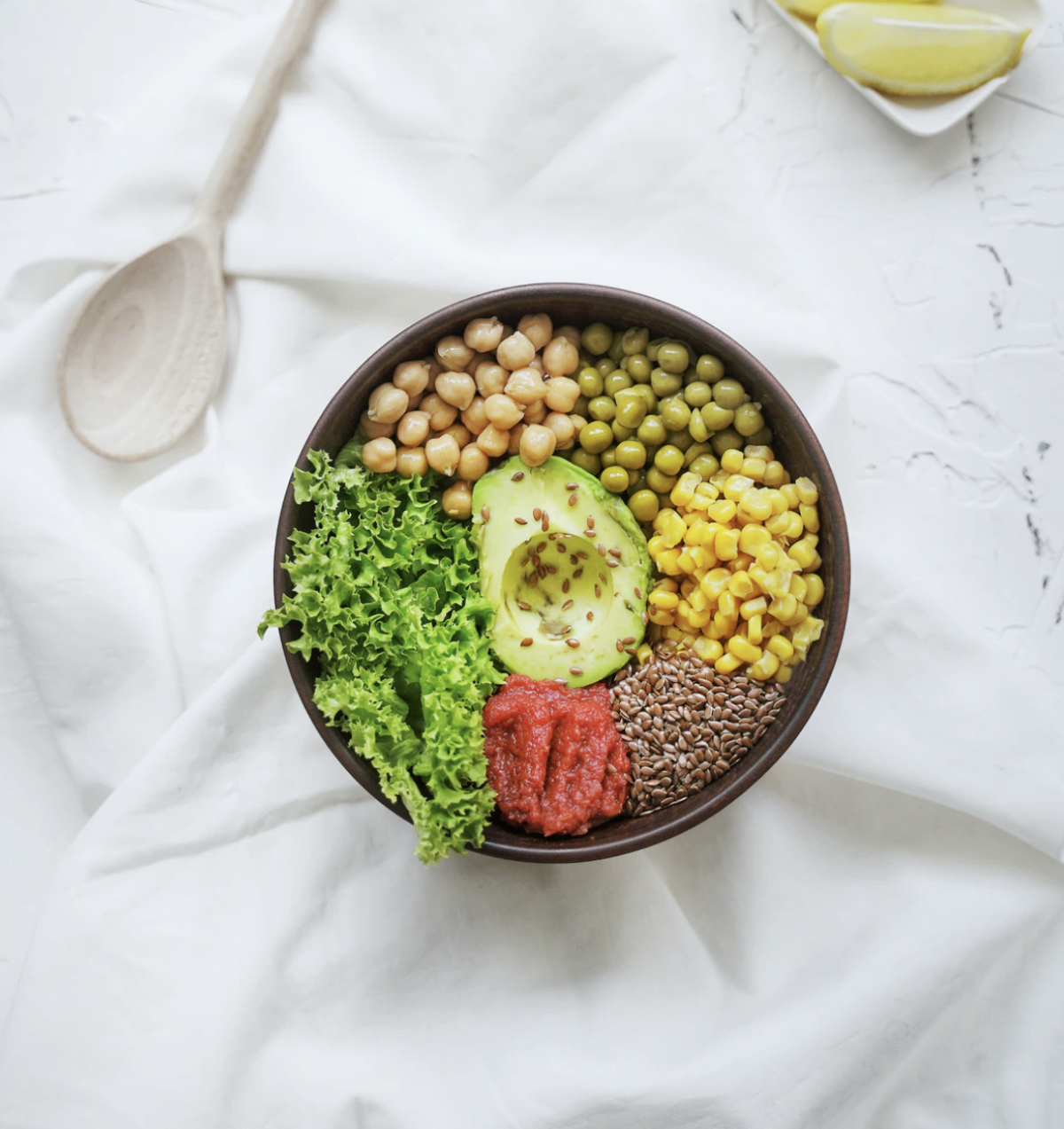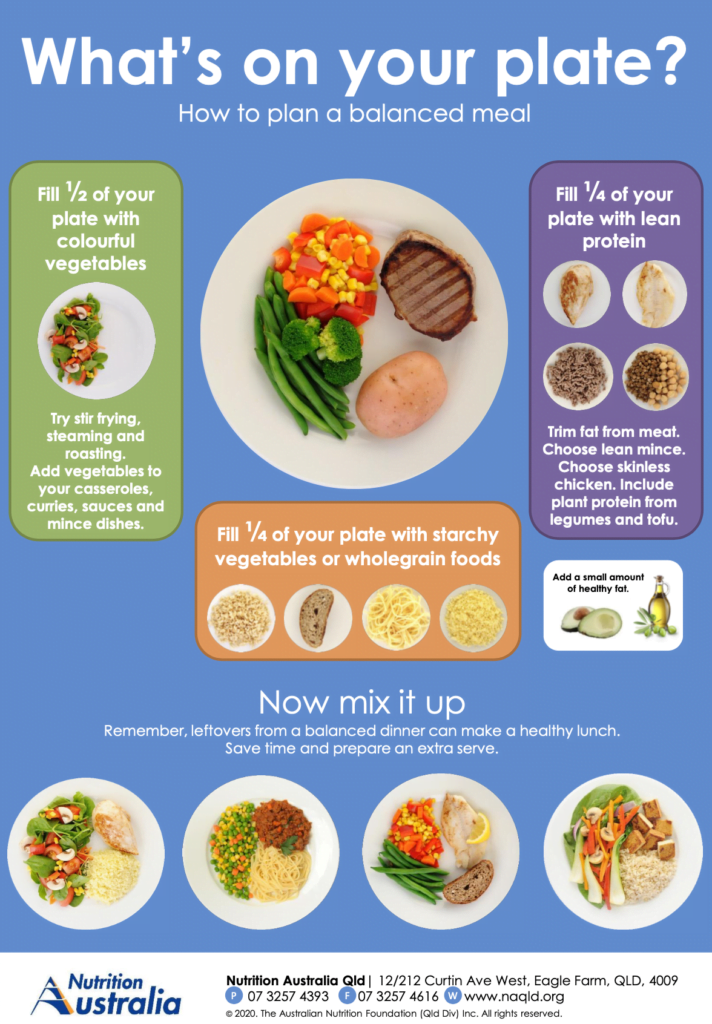My first ‘real’ bike was an Apollo.
I was about seven, it was white and neon pink and orange, and had Shimano SIS shifters. I rode it around my house for hours until I found a friend with a bike. It was then that my parents let us go and explore all day. We ran rogue on suburban bike path adventures, my first taste of freedom.
This freedom gave way to the oppressive nature of the high school and requisite angsty-teen sports avoidance. As a musical kid, I wasn’t interested in PE. That was until I found cross country running towards the end of high school and realised that the overwhelming funk I felt could be mitigated with some exercise.
Running continued, I moved interstate and restarted university studies. I inherited my mother’s old Bianchi Avenue town bike, complete with a 7-speed grip shift and a clunking, ovalised headset, but it was perfect for the commute to university.
My brother, who had always ridden bikes, had a friend with a bike shop. Mountain biking seemed fun, so I scrounged some cash up from my multiple hospitality jobs and some pennies from a tax return to purchase my GT Avalanche. Complete with rim brakes, this bike was the gateway to a new world.
I completed several social events on the GT. As a complete and utter squid, everything was SO HARD, yet I loved it. There was a gaping chasm between where I was and where I wanted to be, and it created a drive to bridge the gap.

I started working in a bike shop.
First I purchased a road bike to take me on further adventures beyond Sydney’s Inner West, then eventually upgraded the mountain bike to a ridgy-didge, proper mountain bike: a Cannondale Rush in white and blue.
Shortly after upgrading my bike, I went all in and raced the Rush at my first national series cross-country event. Racing was SO HARD at this level and I was lacking in fitness, skills and race tactics. Finishing so far behind ‘real’ elite girls was stressful and demoralising but steeled a resolve in me for further progress.
It took many years to put some pieces of the puzzle together, largely doing it uncoached and unmentored. Skills got better by trial and error, making mistakes and being frustrated.
My fitness improved every time I rode, so I kept riding and riding. I put my fitness to good use and became a coach myself to assist others trying to find their way.
From that girl at the back of their first national race, I have now been in the middle, and at the front, in the green and gold stripes and have even lined up amongst other nations at World Championship events. I have been truly lucky to live a life behind bars.
With all that in mind, I have some words of wisdom from a third of a lifetime spent on bikes:
It’s always hard, but in a different way
Once upon a time, it was hard to coordinate riding over a log on a trail ride. Now, hard is managing the physical and mental output during a race, or second-guessing whether it’s worth it riding today with a scratchy throat. It’s always hard. Some things get easier like that log on the trail, and some things are a constant process of evaluation. That’s part of the joy of bikes: you never get to the final level, there is always progress!
Small steps lead to big things
Sometimes it’s as simple as finding a ride group, setting your alarm, and being brave enough to meet a bunch of other beginners you don’t know for a bike ride. There is a lot of bravery in that one step, this is one part that gets easier. A group ride can lead to another, and another, and skill and fitness will increase to the point where you’re proud of having mastered something you once thought impossible. It all starts with getting out the door and being brave.
The driving pursuit of perfection can be your downfall
Often, A-type people are driven to succeed in endurance sports. After all, endurance sport takes focus, sacrifice and perhaps a bit of a mental blueprint that not many of us have. That drive to ‘have’ to get out and ‘have’ to ride and ‘have’ to win can work. In the short term, it can be incredibly helpful. In the longer term, managing illness and setback or having to deal with the variables that cycling can throw at you, rigid perfectionism can actually end up being an Achilles heel. Learning to be ‘good enough’ and to rest when required will see far more success in the sport (and life) than the black and white of perfectionism.
Enjoy the moments
Whatever type of cycling you’re into – it can be undeniably tough. There can be some very grim moments, like riding through a flash flood or running out of food when you’re nowhere near home. Yep, they totally suck, and it can be hard to remain positive at these times. I now pay particular attention to the good moments on the bike. The beautiful sunrises, soft wind on your face, sense of flow on descent or the joy of introducing a friend to a fresh trail. In the end, you probably won’t remember how many watts you put out for those 4x10min threshold efforts, but you will remember how the bike, friends and environment positively impacted your life.
Written by Anna Beck, Head Coach at Grit Coaching.
Follow Anna on Instagram @ab_needs_coffee



